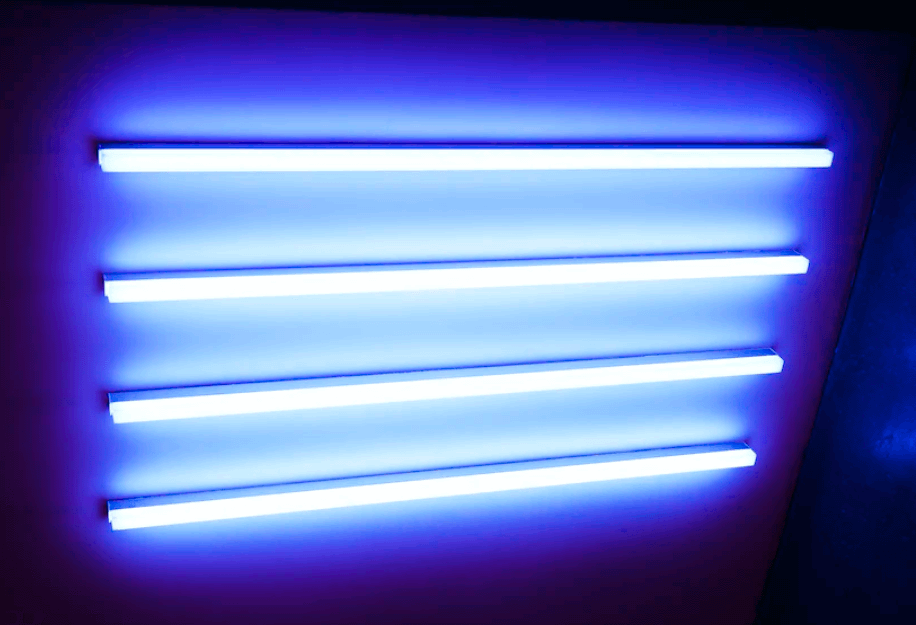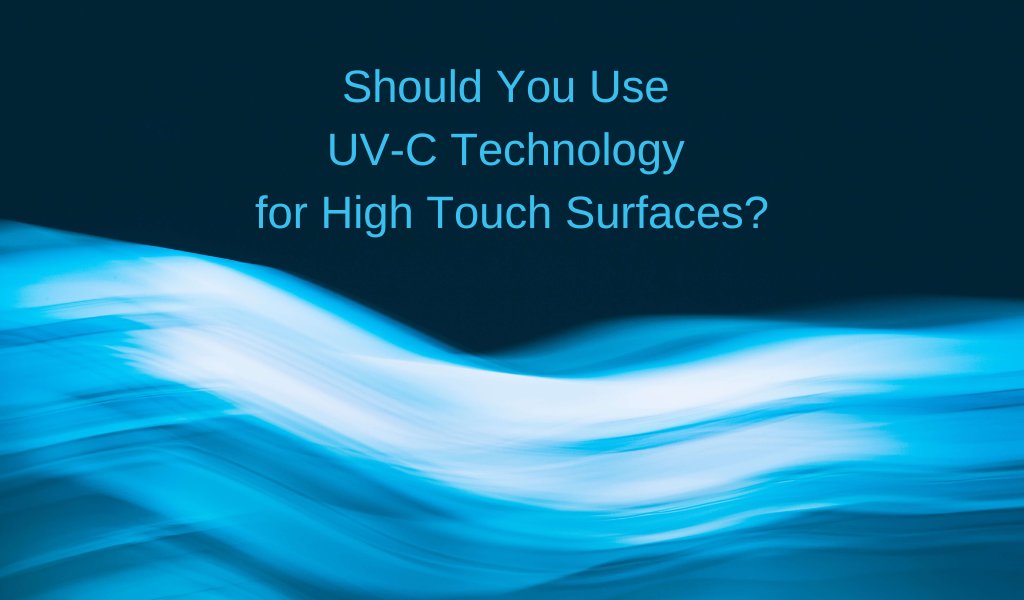Is UV-C technology right for disinfecting high-touch surfaces? Here’s what the research says.
Search for effective cleaning and disinfecting equipment, and you’ll come across UV-C technology. You can get tabletop UV-C lights for home and travel, commercial-grade models for healthcare settings, and even systems mounted in HVAC ducts to purify the air. In addition, there are handheld “wand” type units and UV-C boxes in which you can place items to be disinfected.
But what exactly is UV-C technology? Does it work, or is it hype? And is it safe? How well does it work on high-touch surfaces? Let’s take a look at the technology and the data.
Harness the value of Janitorial Manager to streamline your cleaning operation like never before. Learn more today with a discovery call and find out how to make your cleaning operation more efficient and cost effective!

What Is UV-C technology?
Before we get into the technology, let’s break down what UV-C is. The sun emits ultraviolet light (UV), classified into three different types: A, B, and C. You may be familiar with UV-A and UV-B if you’ve bought sunscreen in the past several years. UV-A rays have the longest wavelengths, and most of the ultraviolet light that reaches the earth is UV-A.
UVB rays are medium-length waves. The earth’s ozone layer blocks the majority of these waves. Even so, UV-B rays are linked to skin damage and cancer. In particular, these waves can damage the skin’s DNA.
UV-C rays have the shortest wavelengths and don’t reach the earth, thanks to the ozone layer. Old tanning beds, as well as some welding torches, use UV-C technology. UV-C rays aren’t as likely to cause skin damage as UV-A or UV-B rays; however, “UVC rays can be particularly harmful to the eyes. Never look directly at a UVC light source,” according to the University of Pittsburgh Medical Center.
As a disinfectant, UV-C technology works because the radiation damages the protein coatings of viruses, effectively inactivating them.
It’s worth mentioning that there are different types of UV-C technology, including mercury lamps, xenon lamps, far-UVC lamps, and LEDs. These all have different advantages and disadvantages. For example, according to the FDA, mercury lamps tend to be more effective for “germicidal applications” than LED lamps; however, LED lamps don’t contain mercury, which is highly toxic.
Despite the issues with UV-C and with some of the UV-C technology, early studies indicate that far-UVC lamps (which emit a specific wavelength of UV-C) are both effective and safe for use with humans present.
The Columbia University Irving Medical Center also reports that “because of the way ultraviolet light kills microbes, viruses and bacteria cannot develop resistance as they do with vaccines and drug treatments.”
Does it work?
UV-C technology does work to disinfect, but there are some things to be aware of.
For the technology to be effective, you need to consider dose, duration, and exposure. For example, lower-power UV-C lights require more prolonged duration exposure to achieve effective disinfection. Similarly, the FDA reports that “UVC radiation can only inactivate a virus if the virus is directly exposed to the radiation.” So you still need to clean surfaces before using UV-C radiation to disinfect them.
They also point out that some UV-C lamps can cause burns and eye injuries due to exposure, and the radiation can degrade the integrity of some surfaces.
Of course, one significant advantage of UV-C technology is that the radiation can inactivate bacteria and viruses while they are still airborne. Furthermore, cross-contamination isn’t an issue, as the lights aren’t touching surfaces. Likewise, human error is much less of a factor.
So, what about high-touch surfaces? We know UV-C radiation is effective in eliminating viruses and bacteria. Multiple studies have shown that it’s effective in hospitals and other medical facilities. Depending on the power of the technology, it’s possible to sterilize an entire room in just a few minutes.
The answer would be that UV-C technology is certainly helpful and effective in disinfecting high-touch surfaces. Like any kind of disinfection, however, it won’t prevent the surface from becoming reinfected.
Where does all this information leave you? If you’re interested in trying new technology, it might be worth pursuing. You can certainly test your results with an ATP meter and share that information with your clients.
However, with so many options and different types of technology available, explore the possibilities before you jump into something. Talk to your colleagues and industry partners. There’s a lot of potential here for effective disinfection; just be sure to choose what will work best for your particular situation.
Take advantage of the value Janitorial Manager can bring to your cleaning operation to streamline your processes like never before. Learn more today with a discovery call and find out how to make your cleaning operation more efficient and cost effective!

